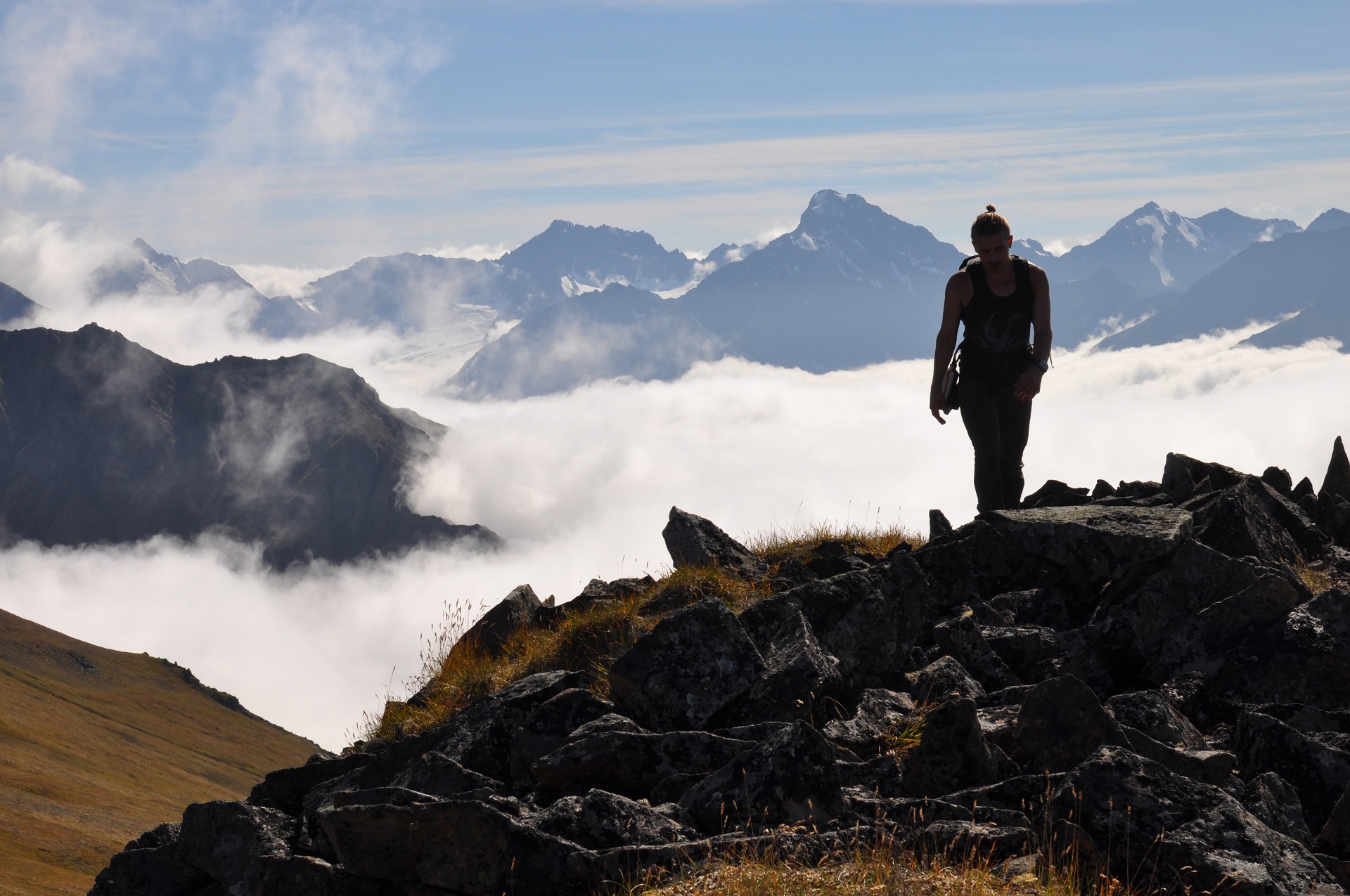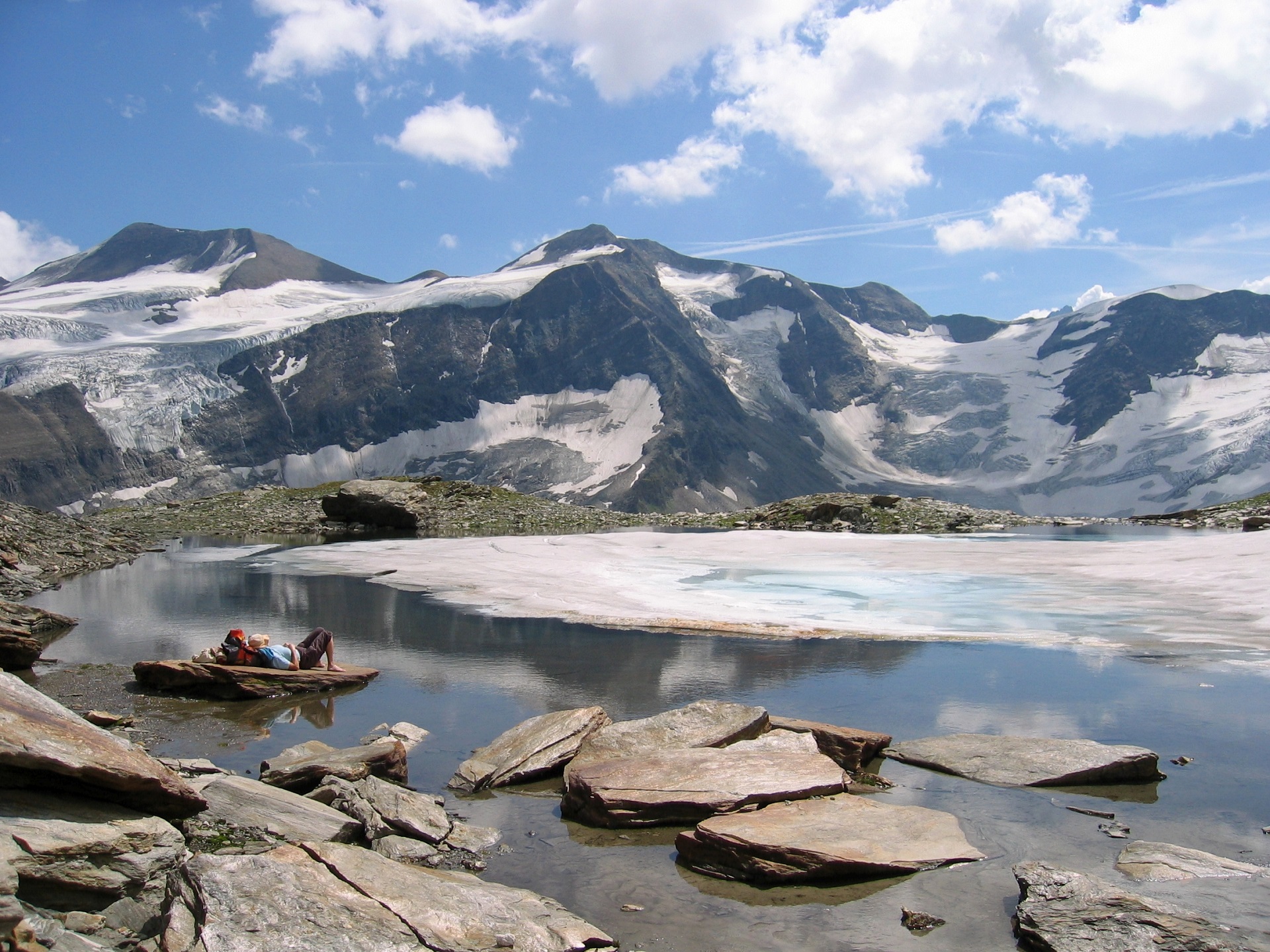For many, hiking serves as an escape. Nature’s embrace, the rhythmic footsteps, and rewarding views make it a sought-after activity. If you’re new to this world, welcome! Starting a trekking journey might seem daunting, but with the right knowledge and preparation, it becomes an experience of pure joy. As with all adventures, the foundation is key. That’s why our beginner’s guide to hiking has all you need to set your feet confidently on the trail.
Gear Essentials for Hiking Newbies
Firstly, let’s talk gear. Proper equipment ensures a comfortable and safe hike. Remember, nature can be unpredictable. A sunny forecast might turn into a downpour, or a simple trail could have its challenging parts. Therefore, being prepared is crucial.
- Footwear: Invest in quality hiking boots. They offer the support and grip needed for varied terrains. Ensure they’re well-fitted to prevent blisters and foot pain.
- Backpack: A durable, lightweight backpack is a must. For shorter hikes, a 20-30 liter pack often suffices.
- Clothing: Opt for moisture-wicking, quick-dry materials. Avoid cotton as it retains moisture. Dress in layers for easy adjustment to changing weather.
- Navigation Tools: Always carry a physical map and compass. Though GPS devices and mobile apps like AllTrails are handy, electronics can fail.
Starting your trekking journey is an exhilarating decision. With the right gear, an emphasis on safety, and respect for trail etiquettes, hiking becomes more than just a pastime. It’s a transformative experience, bringing you closer to nature’s heart with every step.
Building Stamina and Physical Preparedness
While the mental allure of hiking is potent, it’s a physically demanding activity. Preparing your body is as essential as packing your backpack. This segment of our beginner’s guide to hiking will address building stamina and the importance of physical preparedness.
- Start Small: If you’re new to physical activity or haven’t been active in a while, start with shorter walks in your neighborhood or local parks. Gradually increase the distance and complexity of your walks.
- Cardio Workouts: Engaging in regular cardiovascular exercises, like jogging, cycling, or swimming, enhances your lung capacity and stamina.
- Strength Training: Strengthening your core, legs, and back muscles can make carrying a backpack and tackling steeper terrains easier. Incorporate exercises like squats, lunges, and planks into your routine.
- Flexibility: Stretching before and after hikes reduces the risk of injuries. Yoga is also an excellent way to improve flexibility and balance, both crucial for trekking.
Selecting the Right Trail for Beginners
Choosing the correct trail can make or break your hiking experience, especially when starting. Here are some tips to ensure you pick the right path.
- Research: Utilize online platforms and apps, which offer trail ratings based on difficulty. This aids in gauging if it’s suitable for your fitness level.
- Distance: For your first few hikes, choose shorter trails, preferably under 5 miles. This allows you to judge your pace and stamina.
- Elevation Gain: Steeper trails can be challenging. Opt for trails with minimal elevation gain initially.
- Trail Features: Some people love hiking beside streams, while others prefer panoramic mountain views. Choose a trail that aligns with your interests.
Food and Nutrition on the Trail
Hiking burns calories and drains energy. Proper nutrition on the trail is vital to keep you going.
- Snacks: Pack high-energy snacks like nuts, dried fruits, energy bars, and trail mix. They provide quick energy boosts.
- Meals: For longer hikes, consider sandwiches, wraps, or even pre-packaged hiking meals that only require added water.
- Stay Hydrated: Along with water, consider hydration solutions or electrolyte tablets to replenish lost salts.
Hiking with Company or Solo?
As you venture into the world of hiking, you might wonder if you should hike alone or with companions.
- Safety in Numbers: Especially for beginners, hiking with a group or even one companion offers added safety. They can assist in emergencies or help with navigation.
- Solo Hikes: Hiking alone can be a soul-soothing experience, but ensure you’re well-prepared, inform someone of your route, and always carry a communication device.
Hiking is more than just walking in nature. It’s about preparation, respect for the environment, and understanding your body’s signals. This beginner’s guide to hiking aims to equip you with the knowledge needed for safe and enjoyable treks. As you lace up your boots and head out, remember, every hiker started with that first step. Your journey has just begun, and what a beautiful journey it promises to be!
Trail Etiquette: Respecting Nature and Fellow Hikers
As you embark on your trekking journey, understanding and adhering to trail etiquette ensures a pleasant experience for everyone. Our beginner’s guide to hiking wouldn’t be complete without emphasizing these essential norms.
- Right of Way: On narrow trails, those going uphill generally have the right of way. If you’re descending, step aside and let them pass.
- Leave No Trace: The golden rule of hiking—pack out what you pack in. Do not litter, and if you spot trash, consider picking it up.
- Stay on the Trail: Straying off the path can damage delicate ecosystems. Stick to designated trails, even if it’s muddy or there seems to be a shortcut.
- Silence is Golden: Many people hike to enjoy nature’s tranquility. Keep noise levels down, and if listening to music, use headphones.
- Greet Fellow Hikers: A simple nod or “hello” can make the trail more welcoming.
Safety First: Preparing for the Unpredictable
Even with thorough planning, nature is unpredictable. Being prepared for various scenarios is a crucial aspect of this beginner’s guide to hiking.
- Weather Check: Always check the weather forecast before heading out. It’s wise to carry a lightweight rain jacket, even if only a small chance of rain is predicted.
- Emergency Kit: This should include a whistle, multi-tool, first-aid supplies, a flashlight, and fire-starting materials.
- Inform Someone: Always let someone know where you’re going and your expected return time.
- Stay Calm: If you get lost, don’t panic. Retrace your steps if you can, stay put if it’s getting dark, and use your whistle or phone if needed.
Gear Maintenance and Post-Hike Care
After returning from a hike, it’s easy to just throw your gear aside, but proper care ensures it lasts longer.
- Cleaning Boots: Mud and debris can degrade your boots over time. Clean them thoroughly and let them air dry.
- Backpack Care: Empty all contents, shake out any debris, and if it’s dirty, consider a gentle hand wash.
- Check Gear: Inspect your gear for wear and tear. This way, you’re not caught off-guard during your next hike.
Conclusion: Embrace the Journey Ahead
Our beginner’s guide to hiking aims to be your compass as you navigate this exhilarating world of trekking. From gear essentials to trail etiquette and safety precautions, we’ve covered the groundwork to ensure you’re well-prepared. Remember, every trail holds a new story, a new adventure. As you step into the embrace of nature, cherish every moment, every vista, and every challenge. Hiking isn’t just about reaching a destination; it’s about enjoying the journey. Happy hiking!





